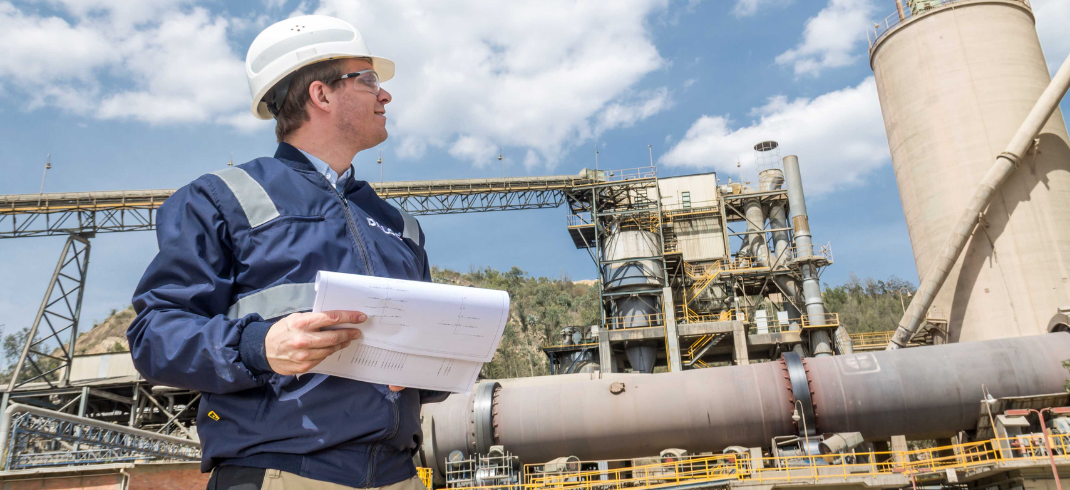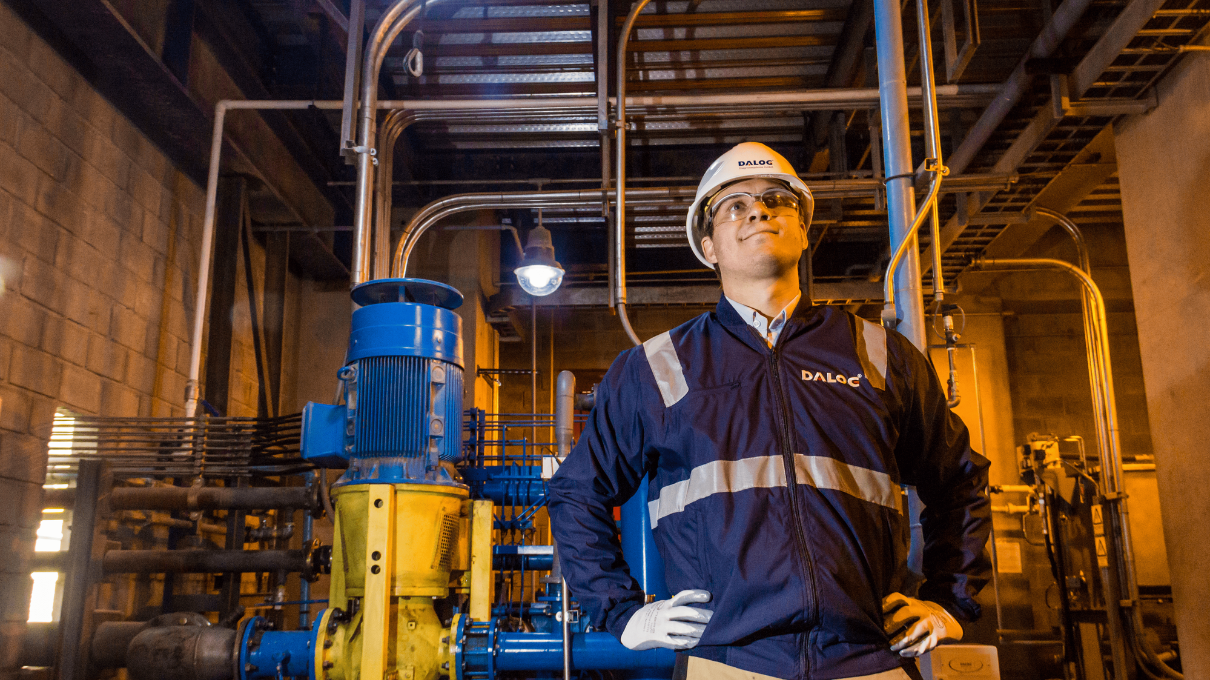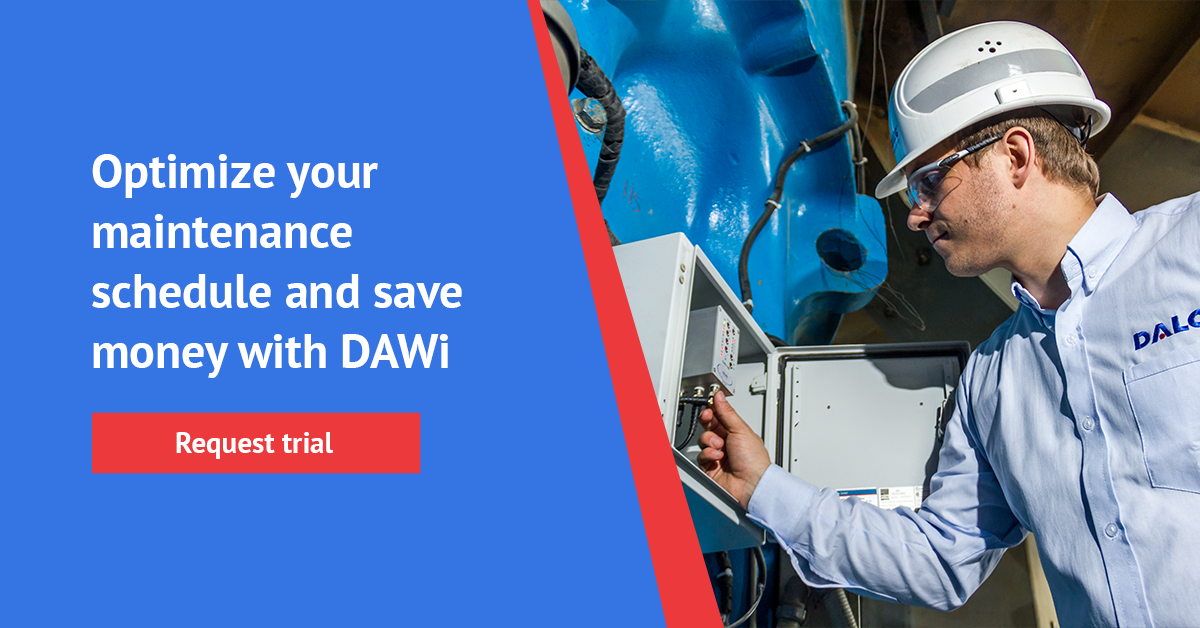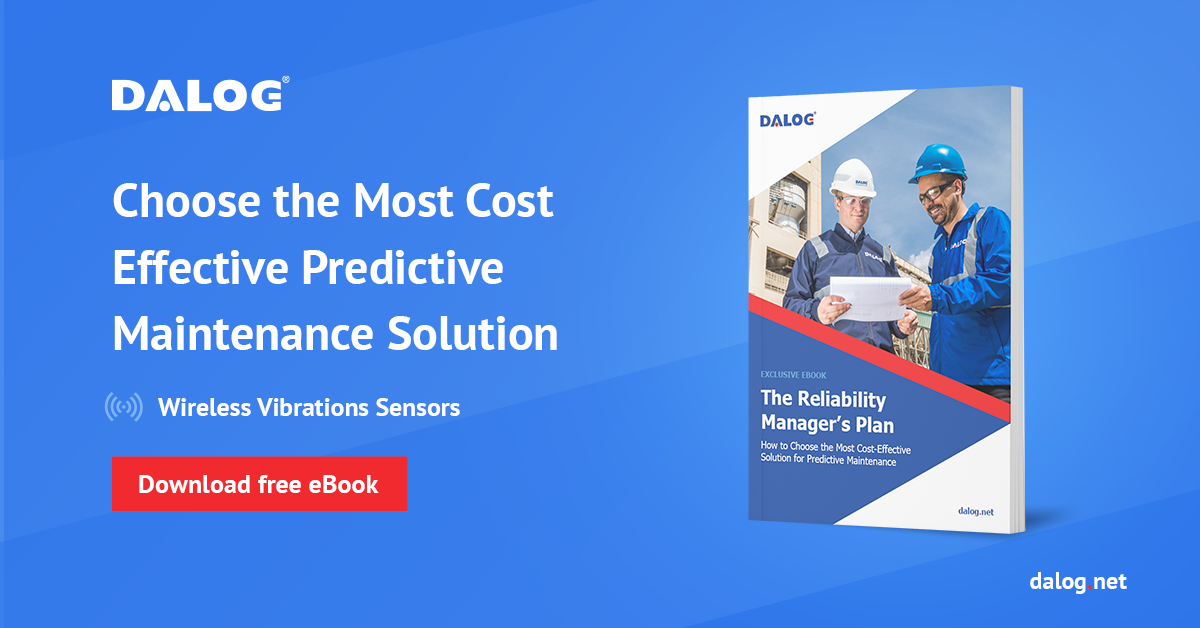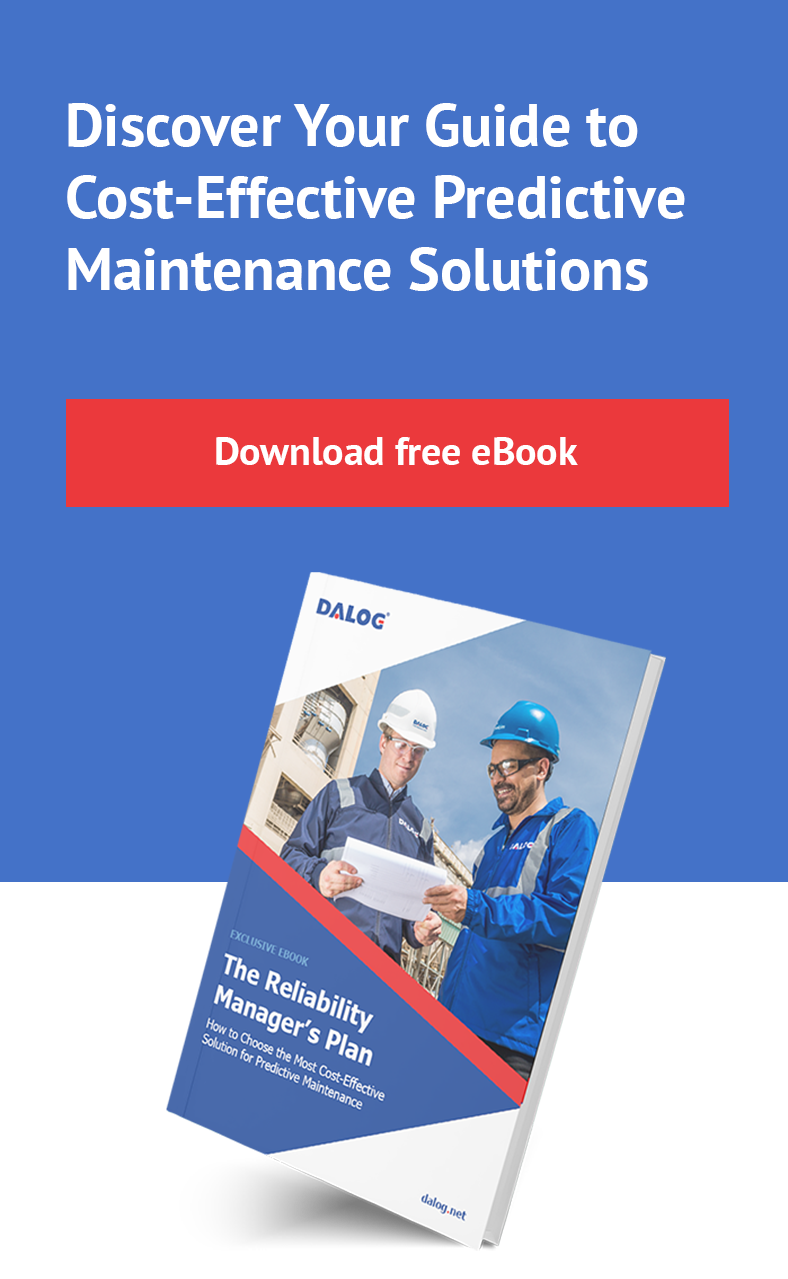How to Prevent Mill Overload and Equipment Trips for Industrial Machinery in Cement Plants
In cement plants, industrial machinery is subject to extreme conditions that can lead to unexpected failures and downtime. Mill overload and equipment trips are two common issues resulting in costly production losses and safety hazards.
Around the world, 146,000 kilograms of cement are poured every second, resulting in an annual production of 4.6 billion tons, which is equivalent to the weight of 19,000 Empire State Buildings! Pairing this massive output with maintaining industrial machinery can be daunting, especially considering that the average machine age is 30-40 years.
Furthermore, seeing that 82% of companies experience at least one instance of unplanned downtime and that unexpected downtime costs most factories between 5% and 20% of their productive capacity, it's essential to take a proactive approach to maintenance and operations.
Moreover, finding skilled professionals to ensure consistent maintenance is also a challenge. It's crucial to recognize that every machine, regardless of size, can potentially halt the entire manufacturing process, emphasizing the need for regular inspection and maintenance to prevent issues such as mill overload or equipment trips.
The negative consequences of these problems can be significant for cement plant operations. By implementing the best practices outlined in this article, you can reduce the risk of a variety of issues and ensure that your equipment operates smoothly and safely.
- Understanding Mill Overload and Equipment Trips
- How to Prevent Mill Overload and Equipment Trips in Cement Plants
1. Understanding Mill Overload and Equipment Trips
Mill overload and equipment trips can have different causes depending on the equipment and process conditions.
Mill overload occurs when the grinding mill, a key piece of equipment in cement plants, is overloaded with material beyond its design capacity, resulting in inefficient operation and possible damage to the mill and other equipment. An incorrect feed rate, material segregation, a broken, worn-out liner, or equipment wear and tear can also cause mill overload.
Equipment trips refer to sudden and unexpected shut-downs or malfunctions of equipment, which can be caused by various factors such as power supply interruptions, mechanical failures, and process control issues. In cement plants, equipment trips can lead to downtime, equipment damage, and safety risks.
According to Aberdeen Group, unplanned equipment downtime costs, on average, $260.000 an hour (€220.400). If you are worried this could happen to your organization, we have a simple solution: 91% of businesses reduce repair time and unplanned downtime after implementing predictive maintenance.
Learn how to get started with a predictive maintenance program!
Here are several more causes that can lead to mill overload and equipment trips:- Overfeeding or underfeeding the mill with raw materials or fuels can cause excessive stress and strain on the equipment.
- Abrasive materials or foreign objects in the feed can cause damage to the mill and other equipment.
- Improper maintenance of the mill and other equipment, such as neglecting to replace worn-out parts or failing to lubricate moving parts.
- Inadequate cooling or insufficient airflow around the equipment can cause overheating and thermal stress.
- Faulty instrumentation or process control systems can result in inaccurate readings or improper equipment operation.
- Inadequate maintenance of belt conveyors or bucket elevators transporting raw materials to the mill leads to blockages, jams, or failure.
- Problems with the mill's drive system, such as electrical faults or mechanical wear.
- Inconsistent or fluctuating power supply to the mill.
- Insufficient operators or maintenance personnel training on best practices for operating and maintaining the equipment can result in improper use, maintenance errors, or inadequate troubleshooting.
Let's see how you can prevent mill overload and equipment trips in your plant.
2. How to Prevent Mill Overload and Equipment Trips in Cement Plants
Preventing mill overload and equipment trips in cement plants requires a proactive approach. Here are several methods you can use in your cement plant:
Conduct regular inspections and equipment maintenance to identify wear and tear, which can lead to breakdowns if not addressed promptly. According to a study, poor maintenance strategies can reduce company production capacity by as much as 20%. To avoid this situation, periodically inspect equipment for wear and damage, replace worn parts, and keep machinery clean. Performing routine inspections and maintenance on your equipment can help identify potential issues before they cause problems. Maintenance activities such as lubrication, alignment, and replacement of worn-out components can help prevent equipment failure and ensure optimal performance.
Monitor equipment parameters, such as temperature, vibration, and pressure. This is essential for detecting abnormal conditions that could lead to mill overload or equipment trips. Using sensors and monitoring systems enables you to monitor critical equipment parameters in real-time and detect any abnormalities or trends that may indicate potential issues.
Use predictive maintenance technologies, such as sensors and analytics software, to identify potential issues before they occur and take corrective action. By analyzing equipment data, you can detect patterns and trends indicating potential failures and take preventive measures to avoid downtime and equipment damage. Predictive maintenance increases equipment uptime by 10 to 20% while reducing overall maintenance costs by 5 to 10% and maintenance planning time by 20 to 50%.
DAWi, our wireless vibration sensor, is ideal for use in remote locations, reliable, cost-effective, and easy to install. Increase equipment lifespan by detecting problems early and have a clear understanding of your assets' status with real-time condition indicators!
Train operators and maintenance personnel on best practices for operating and maintaining equipment. 33% of companies want to improve training and increase frequency, and you don't want to be left behind. Training is crucial for preventing overloading and trips. By providing regular training and support, your plant operators can ensure that personnel knows the overloading risks and the importance of proper equipment maintenance.
Use automation and control systems to manage equipment performance and prevent overloading and trips. By automating equipment control, your plant operators can ensure that equipment operates within safe limits. The use of control systems can also enable equipment to work at optimal levels.
Consider upgrading equipment to newer, more efficient models, less prone to overloading and trips. Newer equipment models may have advanced features such as improved sensors, monitoring systems, and automation controls. Upgrading equipment can also improve overall plant efficiency and reduce maintenance costs in the long term.
In conclusion, mill overload and equipment trips can have significant negative impacts on the operation, productivity, and safety of industrial machinery in cement plants. These issues can lead to unscheduled downtime, costly repairs, and safety hazards. They should be prevented through various maintenance strategies, including regular inspections, monitoring, predictive maintenance technologies, training, and upgrading equipment.
By implementing these measures, cement plant operators and maintenance personnel can ensure their equipment's efficient and safe operation, minimize downtime and production losses, and maximize profitability.
Learn how to implement a dependable predictive maintenance strategy that will optimize plant operations, minimize downtime, and improve efficiency, all while cutting down on maintenance costs.
Download our free eBook: The Reliability Manager's Plan
We help hundreds of plants worldwide minimize downtime and optimize the life cycle of their machines by fusing state-of-the-art predictive maintenance technology with the engineering expertise of our analysts to deliver second-to-none condition-based online monitoring services.
Take a proactive approach to equipment maintenance. Request an online reliability assessment today!
